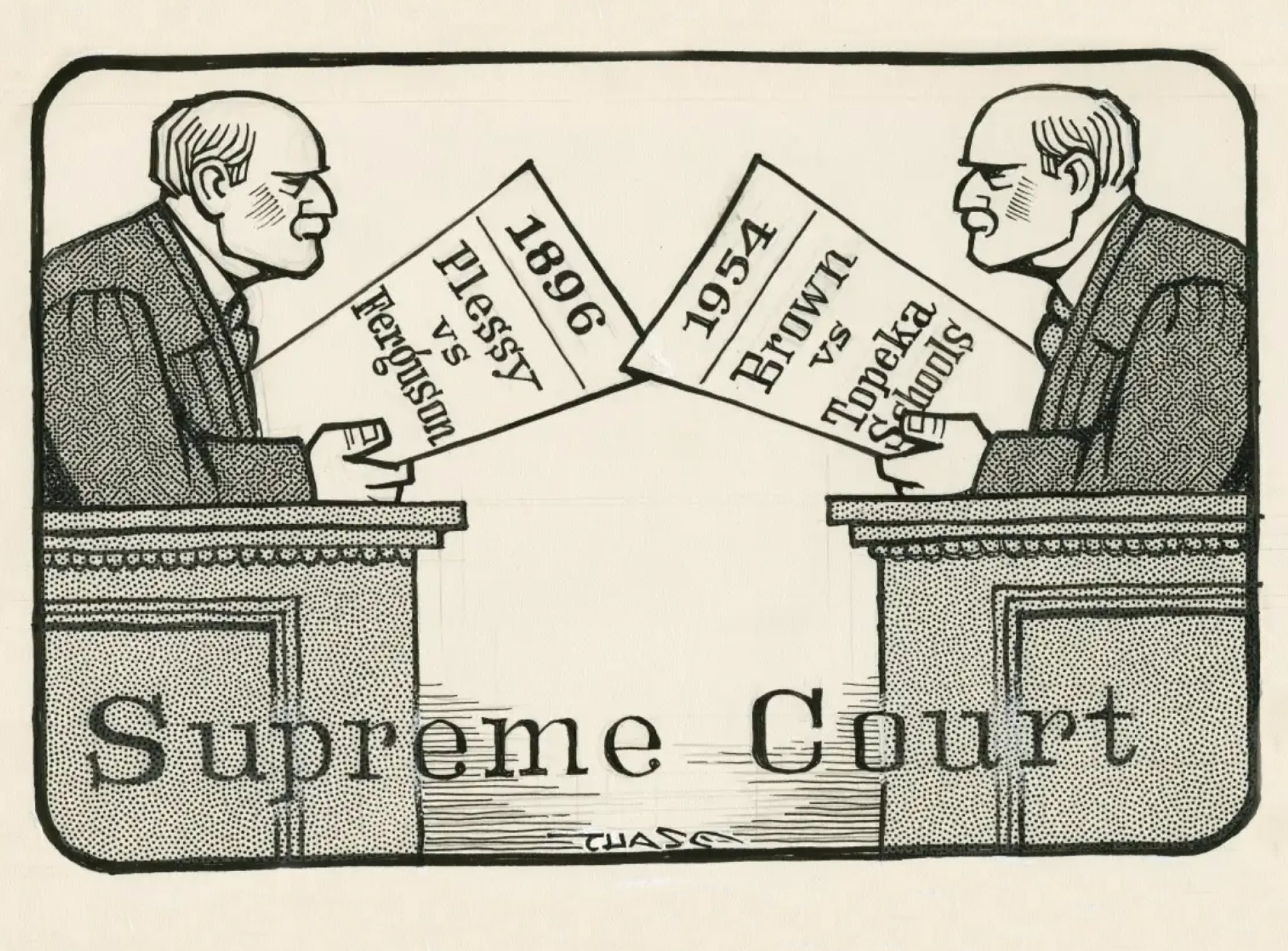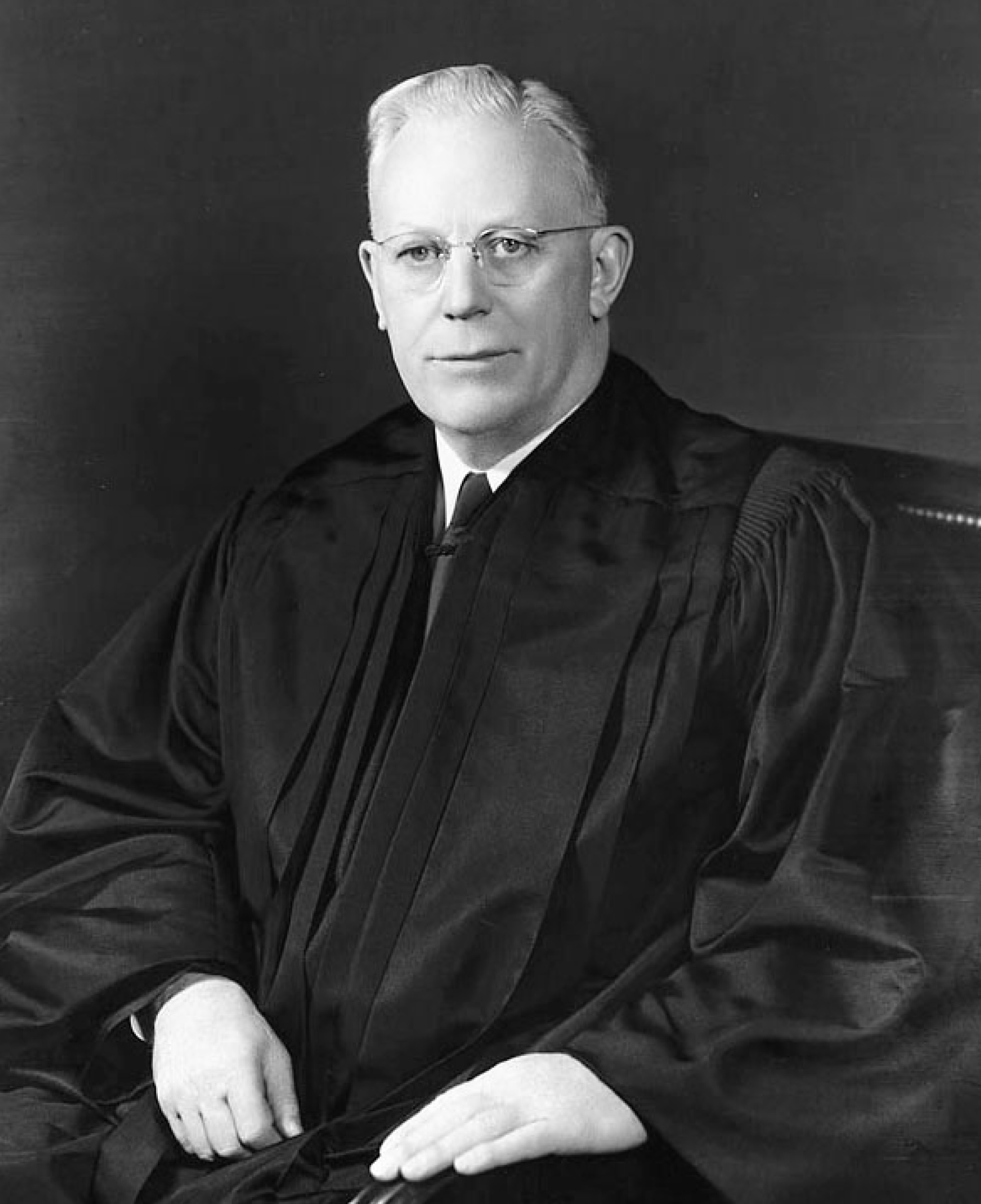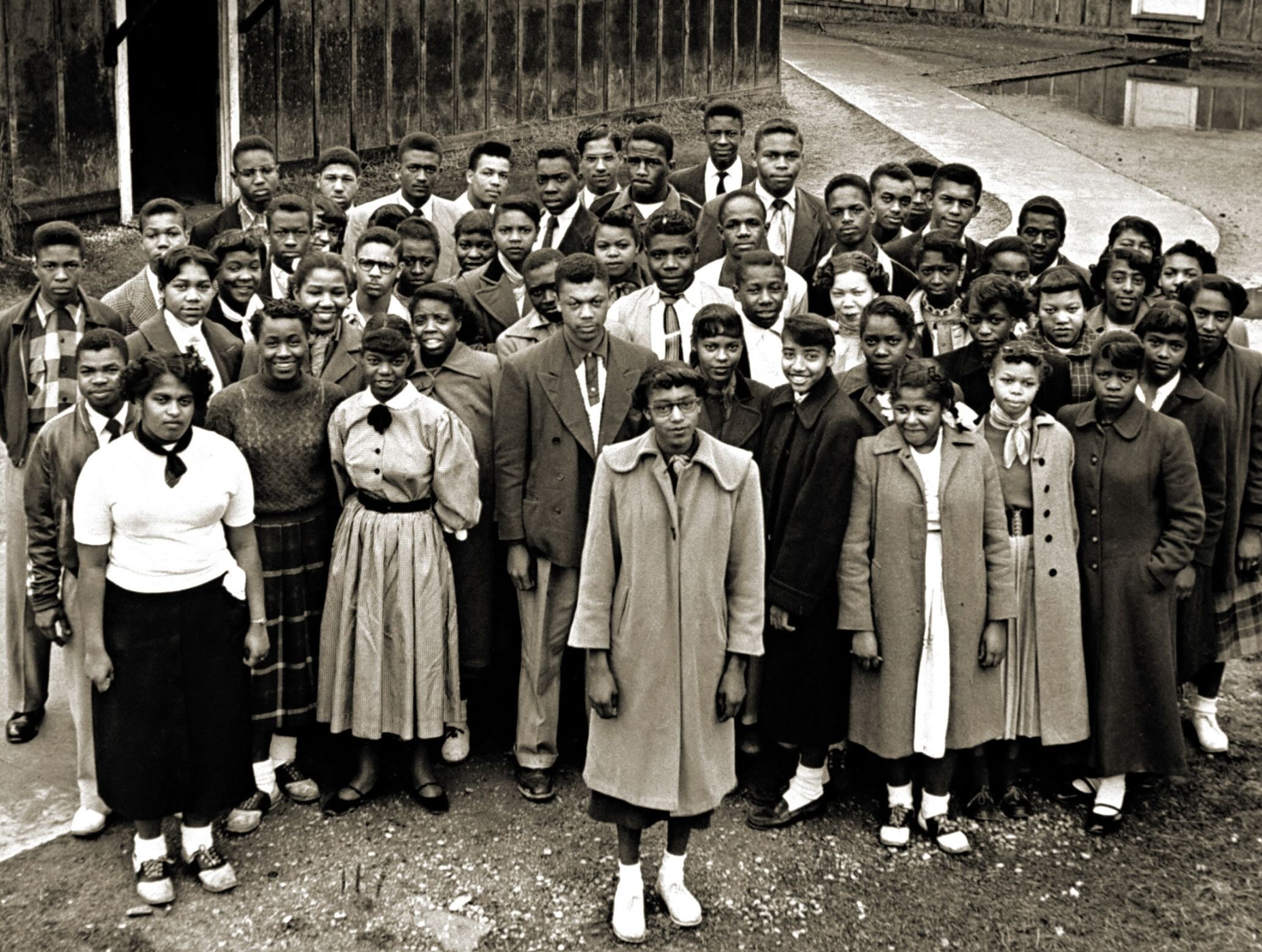“Equal Justice Under Law”
“Equal Justice Under Law”
United States Supreme Court
Washington, D.C.
“Equal Justice Under Law”
United States Supreme Court
Washington, D.C.

Prince Edward County Courthouse in Farmville, Virginia
The Long Journey to the Supreme Court
After the First Baptist Church meeting on May 3, 1951, Hill and Robinson filed a lawsuit in the federal courts for the NAACP. The case known as Davis v. County School Board of Prince Edward County challenged the constitutional legality of segregated schools.
It took two years for the case to reach the United States Supreme Court, along with four other legal challenges to segregated schools.

Overriding the 1896 Plessy v. Ferguson case legalizing segregation
The NAACP’s Strategy to Overturn Plessy v. Ferguson
The NAACP legally challenged segregated schools, arguing that “separate but equal” was inherently unconstitutional. Their strategy aimed to overturn Plessy v. Ferguson (1896), the Supreme Court ruling that had legalized segregation. In 1954, the Supreme Court faced a pivotal question: Could they reverse Plessy and strike down segregation in public education?

Earl Warren, 14th Chief Justice of the United States from 1953 to 1969
Brown v. Board of Education
In 1954, the Supreme Court unanimously decided to overturn Plessy v. Ferguson. Chief Justice Earl Warren, speaking for the court, declared, “We conclude that in the field of public education the doctrine of 'separate but equal' has no place.”
The Davis case, which originated from the Student Strike at Robert Russa Moton High School, was the only one of the five cases in Brown v. Board of Education initiated by a student-led protest.

Approximately 75% of the Brown v. Board plaintiffs were R.R. Moton High School families in the Davis case
Desegregation in Public Education
The students of Robert Russa Moton High School, inspired by Barbara Johns, achieved a legal victory for public schools throughout the nation.
The walls of legal segregation were tumbling down and the Civil Rights Movement would soon come marching through.